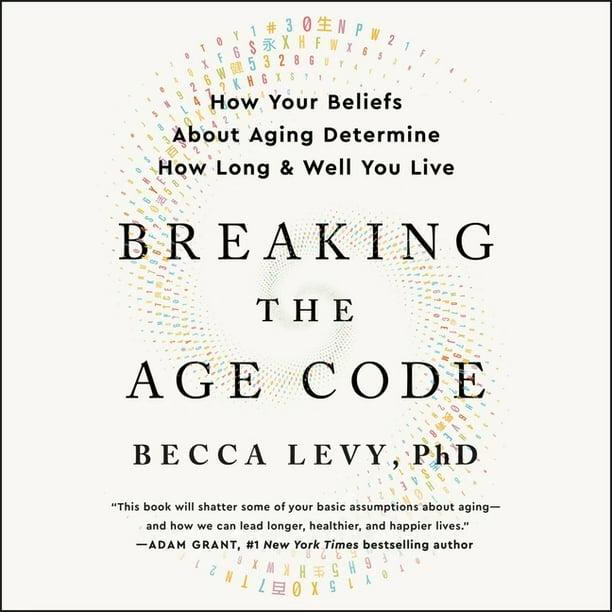Mobility Challenges? Quick Ways to Make Your Home Accessible
- Brandy Archie, PhD
- Oct 7, 2022
- 3 min read
Life can change quickly and the sudden onset of mobility challenges requires quick solutions to complex problems. For example, a fall can lead to a broken hip and hospitalization. But before you know it, the hospital is ready to discharge, often with just a day or two to prepare. Often you’ll be taking a loved one home using a wheelchair. There are some simple fixes that work in most situations to help you get by.
Getting into the house
Ramps – Homes with stairs at the entry pose the largest barrier for coming home. If you have one to two steps, consider getting a portable metal ramp. It’s more affordable than hiring someone to build the ramp, and much quicker too. It also doesn’t require permanent changes to the home and can be easily moved to another location if needed. Tip: To be sure you get the correct length, either engage an expert or consult a resource for precise measuring instructions.
Railings – If your loved ones can walk up the one or two stairs with help, consider adding a grab bar at the doorway. You may choose to install a railing that just requires someone skilled enough to secure it.
Using the bathroom
Commodes – If getting to the toilet is going to be hard, consider a bedside commode which can be used anywhere easily.
Toilets - You can also add rails to the toilet if the current height is suitable, or add a commode to increase height and provide rails. You can also increase the height of the toilet with a riser that fastens securely to the toilet bowl. Tip: Avoid the models with twist locks on the front unless your loved one can check and tighten it regularly, as they tend to loosen over time.
Showers – Grab bars provide stability. A chair or bathroom bench that is the right height and has armrests provides stability as well. Even those who want to stand can use a chair in the shower to sit when tired, lowering the risk of a fall.
Tubs – Stepping over the edge of a tub requires the ability to balance on one foot while lifting the other leg, and that can sometimes be unsafe. This physical motion is impossible if the loved one has a leg that is non-weight-bearing. In that case, try a tub transfer bench. Two legs of the bench sit outside the tub while the other two are in the tub, creating a bridge. Your loved one sits on the edge of the bench and, while seated, swings one leg at a time and slides into the tub area while still sitting securely on the bench. This allows them to get a shower safely without worrying about balance.
Getting a good night’s rest
Bed rails – Getting into bed can also be a challenge, especially when transitioning from a hospital bed. Luckily, you can add a bedside rail to a regular bed to provide that easy hand hold for the leverage needed to get in the bed safely.
Bed wedges – Another helpful feature of a hospital bed is the ability to elevate the head or feet. Sometimes this is necessary to manage swelling in the legs or difficulty with breathing. If you aren’t in the market for an adjustable bed, try a bed wedge to elevate the head and a wedge pillow to elevate the feet. They’re simple and affordable, and if you don’t need one forever, you haven’t made expensive permanent changes.
These are just a few ways to quickly adapt a home to accommodate mobility challenges. For more specific recommendations on your loved ones’ needs, check with an occupational therapist or reach out to us at www.accessableliving.com for a free, virtual home assessment.
Brandy Archie PhD is founding director of AccessAble Living, helping caregivers adapt the home and other environments to fit the safety needs of older adults. She earned a doctorate in occupational therapy from Creighton University, and is a certified specialist in both Living in Place and Low Vision Therapy.




Comments